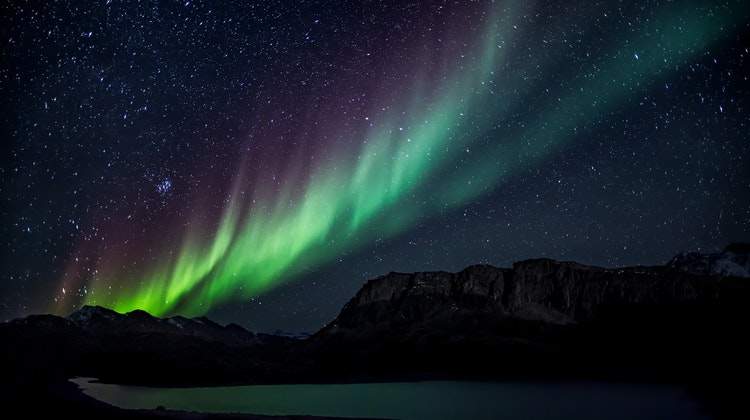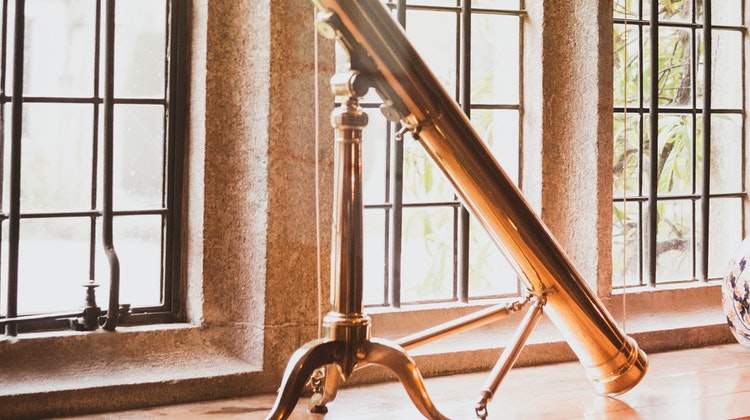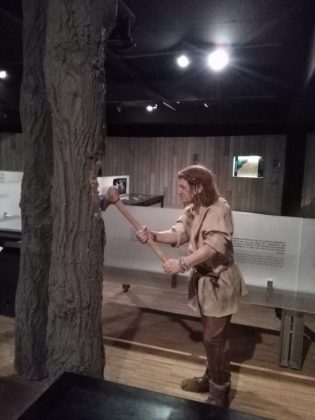You know me as a history teacher and historian, and if course the author of this blog website. In addition to history, I also find astronomy quite interesting. Especially when I’m reading about astronomical phenomena mentioned in historical sources or stories.
In addition to solar eclipses or comets, the Northern Lights are also a natural phenomenon that is frequently mentioned in historical sources. And in 2022, the oldest mention of the Northern Lights was found in the so called Bamboo Annals (also known as the Ji tomb annals).

What are the Northern Lights?
Let me first explain in short what the Northern Lights are. they are not necessarily an astronomical phenomenon, but rather a meteorological one. The official Latin term for Northern Lights is Aurora Borealis. Many people also know is as the polar lights.
the Northern Lights can be seen with the naked eye when charged particles from the sun, which arrive at our atmosphere as a solar storm, interact with it. You have probably already seen the famous pictures of the green/purple lights in the northern hemisphere.
How do the Northern Lights look like?
The effect can be a kind of ‘dancing’ light that consist of different colors, from green to purple or red. The best places to see this polar light are in the far north, although exceptional sightings have been made more south in the Netherlands and Belgium.

Northern Lights (Aurora Borealis): myths and legends
As i mentioned before, various historical sources such as diaries, annals, drawings or other writings mention weather phenomena or natural phenomena. For example, there is the 16th century mention of a solar storm, which medieval eyewitnesses wrote that the sky was on fire. another famous recollection was the supernova that was spotted in the Middle Ages caused consternation among the eyewitnesses.
The Aurora Borealis is also frequently mentioned. And there have been myths and legends surrounding it since time immemorial.
The Finns say that the Northern Lights are a fox that hits the snow with its tail, creating colorful sparks. The Danes on the other hand, talk about a competition between swans, and other northern cultures like the Inuit see it mainly as a sign from their ancestors.
Old mentions of the Northern Lights: Bamboo Annals (Ji tomb annals)
Since the Aurora Borealis is interesting enough as a meteorological phenomenon to be recorded, it is fascinating to see when these observations were made and what impact they had on the cultures of the time.
There have already been discoveries of ancient mentions of the Northern Lights. It is mentioned on clay tablets written in Assyrian cuneiform dating back to 679-655 BC. Even certain Bible passages, such as visions of the prophet Ezekiel, written in 594-593 BC, are said to refer to Aurora Borealis. However, the description found in 2022 is three centuries older and comes from the so-called Chinese Bamboo Annals, also known as the Ji tomb annals.
The mention in the Bamboo Annales, chronicles which describe a piece of Chinese history, is said to date back to the year 977 or 957 BC. The source speaks of a so-called five colored light in the sky. Astronomical research also suggests that solar storms occurred that were strong enough to create the Northern Lights in this region.

Conclusion: historical mentions of Aurora Borealis (northern lights)
the fact that weather phenomena appear in historical sources is far from exceptional. this also applies to Aurora Borealis, of which we can investigate an early testimony since the discovery of the Bamboo annals.
When we compare all these historical sources, it may be possible to find (weather) patterns and their effect on the society at that time. It would not be the first (political or economic) crisis or war that breaks out after the observation of a natural phenomenon. And as always, historical insight can help us to sound the alarm bells in our future.
VRT NWS
Pictures:
Telescope
Northern lights





